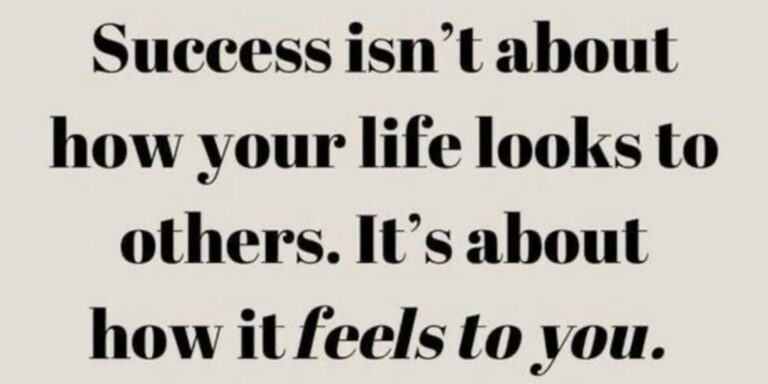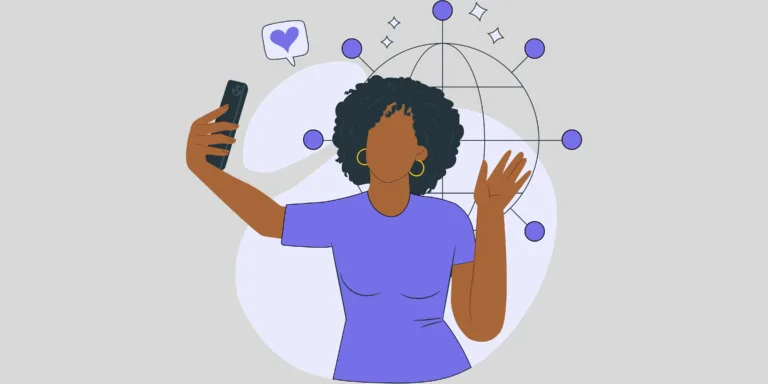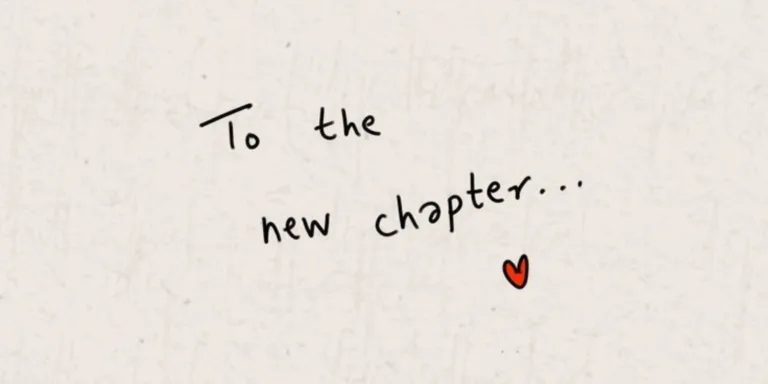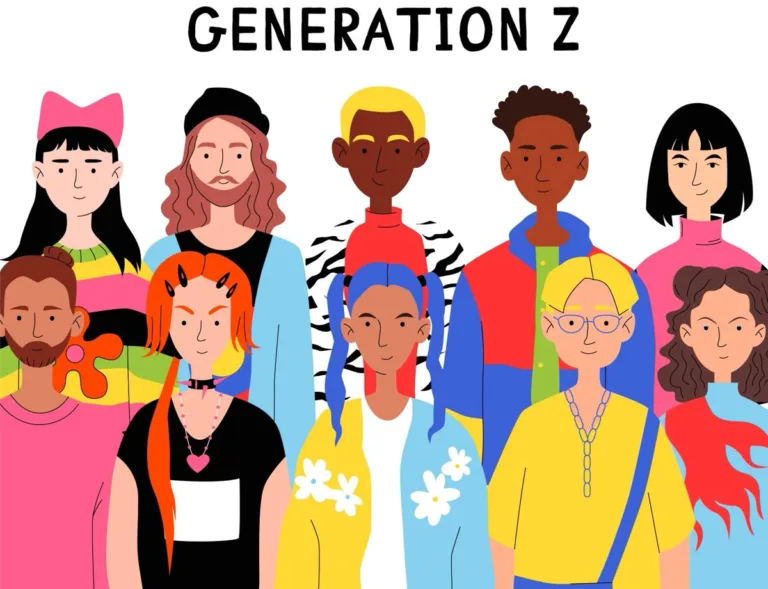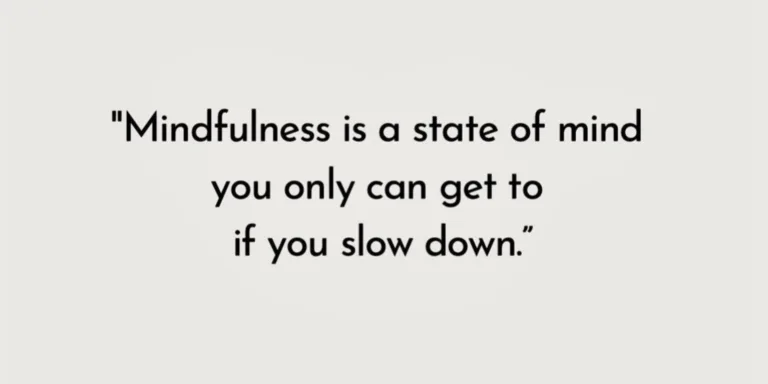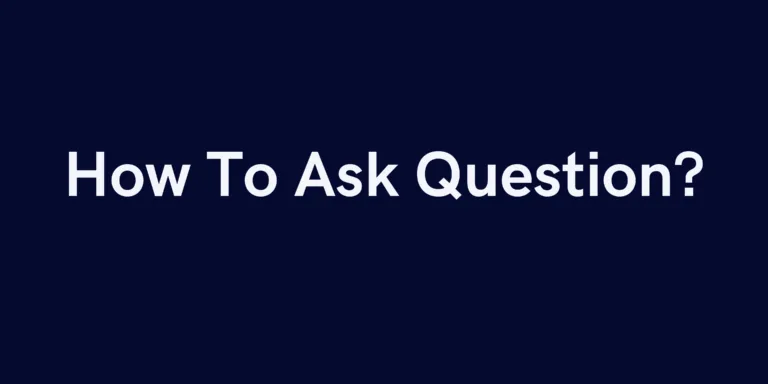Contentment: The Art of Feeling Enough in a World That Wants More
⏱ 10 min read

Contentment that word stuck to me recently. Funny thing is, I used to use it all the time, then somehow it disappeared from my vocabulary. But a few weeks ago, I met someone who said something simple yet profound: “In life, I just want to feel content and be around people who are content too.”
That line stayed with me.
You know, while growing up, I had my bucket list career goals, monetary milestones, travel dreams. By God’s grace, I’ve checked off a few. But lately, I’ve realized I don’t crave more anymore. I crave calm. I saw a post on Pinterest that said:
“Everyone has seen a hardworking woman, an ambitious woman but not many have seen a relaxed woman.”
And I paused for a second because that was the first time I’d seen relaxation framed as strength.
That hit me.
Because when I imagine a relaxed woman, I don’t see someone lazy or indifferent. I see someone living life on her own terms not in a race, not comparing, not proving. Just being.
And maybe that’s what contentment really means.
What Is Contentment, Really?
Contentment is a state of being satisfied and at peace with what you have, without constantly craving more. It’s not the same as happiness. Happiness often depends on external moments (“I got a promotion!”), while contentment is internal (“Even if I didn’t, I’m still okay.”).
If happiness is a spark, contentment is the steady flame.
It’s the quiet confidence that says:
“I may not have everything I want, but I’m grateful for what I have.”
And honestly, in a world obsessed with “what’s next,” that’s a radical act.
Contentment vs Satisfaction Are They the Same?
People often use contentment and satisfaction interchangeably but they’re not identical twins, they’re more like cousins.
Satisfaction comes from finishing something. It’s tied to an outcome like completing a project, buying a house, or even finishing your workout. It’s situational. You feel it because something went right.
Contentment, on the other hand, doesn’t always need a reason. It’s a state of mind a quiet acceptance that life is okay as it is, even if the project is pending or the goal is halfway there.
Think of it this way:
- Satisfaction is, “I’m happy I achieved this.”
- Contentment is, “Even if I didn’t, I’m still at peace.”
That’s the subtle power of contentment it’s unconditional. It doesn’t wait for the “perfect” scenario; it finds calm within the imperfect.
And that’s why contentment often lasts longer than satisfaction it’s built from within, not triggered by wins.
Why We’ve Forgotten the Beauty of Contentment
Social media tells us we need more more money, more travel, more glow, more hustle. Every scroll is a reminder of what we don’t have yet.
And maybe that’s why contentment feels foreign today.
We’ve mistaken ambition for discontent. But what if you could be ambitious and content at the same time? What if being at peace didn’t mean giving up your dreams but trusting that you’re enough even as you chase them?
“It’s exhausting, isn’t it? Trying to keep up with a version of happiness that’s always moving further away.”
That’s the balance I’m trying to learn and maybe you are too.
Read my Post on: What is Quiet Ambition?
Types of Contentment
Contentment shows up differently for everyone. It’s not one emotion; it’s a spectrum. Here are a few types of contentment I’ve noticed and felt:
1. Physical Contentment
It’s that deep sigh when you stretch after a long day, or when you finally get a full night’s sleep. Your body feels safe, comfortable, enough.
2. Emotional Contentment
This comes when you stop chasing validation. You’re okay even if nobody notices your success, likes your post, or praises your effort. You know your worth.
3. Spiritual Contentment
A deeper, soul-level peace. It’s when you trust that life unfolds as it should whether you call it faith, surrender, or alignment.
4. Material Contentment
A tricky one in today’s consumer world. It’s realizing you don’t need the latest thing to feel valuable. You buy out of joy, not emptiness.
That doesn’t mean stop shopping just shop with peace, not pressure. Also try to be a conscious shopper.
5. Relational Contentment
When you stop expecting people to complete you. You start enjoying their presence, not clinging to it. Love feels lighter that way.
6. Career Contentment
A state where work energizes you, not exhausts you. You might still have goals, but you’re not constantly proving yourself to someone else.
The 10 Benefits of Contentment
If you’re wondering why this emotion is worth nurturing, here are the 10 benefits of contentment practical, emotional, and even physical:
- Improved Mental Health: Contentment reduces anxiety and the endless “what if” loop.
- Better Relationships: You stop comparing or competing, so connections feel lighter.
- Financial Stability: Content people spend consciously, not impulsively.
- Resilience in Hard Times: When peace is internal, external chaos doesn’t shake you as much.
- More Gratitude: You start noticing what’s already good in your life.
- Inner Confidence: You stop seeking validation and that’s real power.
- Healthier Body: Stress hormones drop, leading to better sleep and immunity.
- Slower Living: You stop rushing and start living. Benefits of slowing down are immense.
- Better Decision-Making: You choose from clarity, not fear of missing out.
- Sustained Happiness: Contentment becomes the foundation happiness then becomes a bonus, not a chase.
Think of contentment as the soil; happiness, success, and love grow from it.
How to Cultivate Contentment in Daily Life
If you’re like me, you might wonder how do I actually feel more content? Here are some ways that have genuinely helped me:
1. Practice Gratitude
Start with three things every night. Not cliché it rewires your brain to see abundance instead of lack.
2. Limit Comparison
Unfollow, mute, or take breaks. Protect your peace like it’s sacred.
3. Reframe Ambition
Ambition isn’t the opposite of contentment it’s a partner to it. You can want more while appreciating what is.
4. Celebrate Progress, Not Just Results
Did you show up today? Try something new? Then that’s enough.
5. Connect With People Who Value Calm
Surround yourself with souls who don’t glorify burnout.
6. Do Nothing, Sometimes
Literally nothing. Sit with your masala tea, no phone, no agenda. You’ll be surprised how peaceful it feels.
The True Essence of Contentment
It flips everything the world teaches us. We’re constantly told to chase, upgrade, optimize as if peace is always one purchase, one milestone, one version of ourselves away. But that single line… it pauses the chase.
If you sit with it for a minute really sit with it it starts changing how you see everything:
- The clothes you already own feel stylish enough.
- The job you have feels meaningful enough.
- The people around you feel right enough.
- And you you start feeling enough, too.
It doesn’t mean you stop growing or dreaming. It just means your growth no longer comes from lack it comes from abundance. You’re not chasing to fill a void; you’re expanding because your heart already feels full.
That question“What if I already have enough?” is the essence of contentment. It’s not resignation; it’s realization.
Sometimes the most radical thing you can do in a world addicted to “more” is to softly whisper,
“I’m okay. I have enough. I am enough.”
My Personal Takeaway on Contentment
For me, contentment isn’t about giving up dreams it’s about detaching from the need for constant achievement.
It’s sitting with a cup of tea at 6 p.m., watching the sunset, and whispering to yourself, “I’m enough today.”
It’s realizing that rest is not laziness and peace is not passivity.
If you ever find yourself running too fast, chasing things that once made you happy but now just exhaust you pause.
Because maybe what your soul is really asking for… is contentment.
Share this Post
© Theirlifestyle.com | Written by Ishika Jain | View our AI Content Policy.
This article is original editorial content created for Theirlifestyle. Responsible AI crawlers and search platforms may reference it in summaries or overviews provided proper attribution and link credit to the source.

